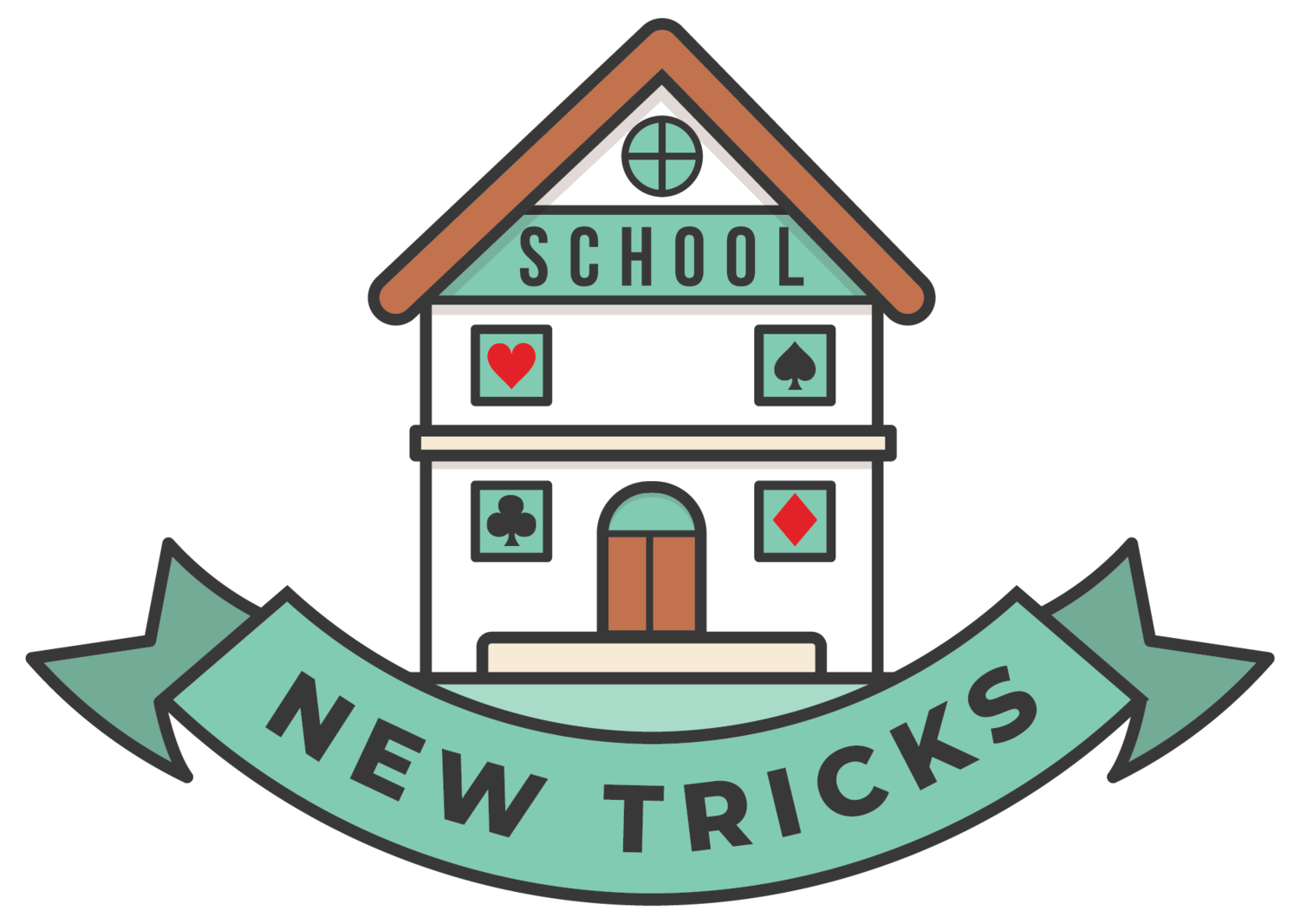Module 9.3 - Strong Opening bids
Hints & Tips
Artificial bidsThe 2♣ opening bid is an example of an artificial bid. You will meet a number of these as your knowledge of bidding develops so it is important to highlight here the use of the alert/announce requirement to draw your opponents’ attention to the artificial nature of a bid. You may have seen the alert when playing online or on bridge apps - it is represented by a blue card with an A on it. When a player makes an artificial bid, their partner is required to alert the bid by showing the alert card if they are using bidding boxes or just saying ‘alert’. At this point, the next player to bid can ask what the bid means (if they don’t know) and again, it’s the partner of the player who made the bid that’s required to give an explanation. If the other opponent (i.e. not the next player to bid, but their partner) wants an explanation, they must wait until it’s their turn to bid to ask. You should not explain your partner’s bid if you are not asked. For certain, frequently-used artificial bids it’s assumed that everyone is familiar with them so you ‘announce’ instead of alerting - just reminding the opponents by saying what the bid means. Again, it’s the partner of the player who has made the bid that does this. When you first learn and you are playing with people who all play the same system you don’t need to worry about this - it’s more for when you are playing against unfamiliar opponents - but it’s worth knowing because it is required by the rules of the game.
Alerting the 1♣ opening bid
You will recall from module 9.1 that opening hands in the 12-19 point range sometimes open 1♣ because they are strong enough to open but don’t have a natural long suit long enough to bid. When you open 1♣ you may have as few as two clubs in your hand and so this bid also requires an alert. It is widely accepted practice just to say ‘may be as few as two’ or just ‘may be two’ when your partner opens 1♣ but again, if you are playing in informal settings with friends who all play the same system you don’t need to bother with this.
Using the strong bids
It’s very clear when to open 2NT - only when you have a balanced hand with 20-22 high card points. The 2♣ game force is more complicated. The easy bit is that all hands with 23 or more high card points open 2♣ but unbalanced hands with fewer points and a lot of playing strength require more judgement. With these hands it’s often easier to think in terms of the number of tricks you believe you will make with your long suit as trumps. Take the hand we showed in the video:
♠ Void
♥ AKQJT9864
♦ 63
♣ A5
Only 14 high card points, but if you think about trick-taking potential you can see that you will definitely take ten tricks - nine heart tricks and the A♣ so it’s definitely worth setting up the game force at the start. Even if you can only see nine tricks with a major trump suit or ten if your long suit is a minor your hand may well be worth opening with a game-forcing 2♣ because one trick from your partner’s hand is not an unrealistic expectation. Judgement comes with experience and you will figure out which unbalanced hands are best treated this way. In the meantime, if you can see enough, or nearly enough tricks to make game in your own hand, open 2♣.
